No bad idea ever dies. That is the mournful lesson we are being taught daily by the partisans of so-called “critical race theory,” the disciples of “equity,” and the shock troops of Antifa and Black Lives Matter. There are some local differences, of course—differences of fashion and vocabulary, mostly—but to a large extent the present radicalisms are a reprise of the radicalisms of the 1960s, which in turn were recapitulations of the radicalisms of the French Revolution filtered through the argot of Marxism.
Perhaps the biggest difference between our situation now, circa 2021, and the long decade of the 1960s is the extent to which, this time around, corporate culture and the entrenched bureaucrats who run the institutions of our federal, state, and local governments are there on the barricades helping to destroy the very civilization whose survival they had been entrusted to preserve.
Back in 1991, in his book The Disuniting of America, the historian Arthur Schlesinger, Jr. wrote that “A cult of ethnicity has arisen both among non-Anglo whites and among nonwhite minorities to denounce the idea of a melting pot, to challenge the concept of ‘one people,’ and to protect, promote, and perpetuate separate ethnic and racial communities.” That could have been written about Ibram X. Kendi, this season’s favorite race hustler and conspicuous anti-American beneficiary of the American free market.
Kendi is part of a larger movement to institute the poison of racialist ideology into the supporting institutions of the United States—its schools and colleges, the workplace, even in government bureaucracies and the military. But what Schlesinger said about earlier iterations of the demand for “multiculturalism” are true of what Kendi and his acolytes are attempting. “[T]he debate about the curriculum,” Schlesinger pointed out, “is a debate about what it means to be an American.”
Over the last few decades, we have heard ad nauseam litanies denouncing Western civilization as inextricably racist, sexist, elitist, and patriarchal. We have watched college administrators promulgate speech codes that undermine the culture of free expression and open debate on (and even off) campus. And we have stood by as history has been rewritten in an effort to soothe artificially inflamed ethnic or sexual sensitivities. Once largely confined to the academy, these forces have escaped into the wild and threaten to transform the defining fabric of American society.
Implicit in the politicizing mandate of multiculturalism is an attack on the idea of a common culture, the idea that, despite our many differences, we hold in common an intellectual, artistic, and moral legacy, descending largely from the Greeks and the Bible, supplemented and modified over the centuries by innumerable contributions from diverse hands and peoples. It is this legacy that has given us our science, our political institutions, and the rich and various monuments of artistic and cultural achievement that define us as a civilization.
Pace the partisans of radical multiculturalism, Western civilization, far from being a narrow ideology, is a capacious register of human achievement, embracing everything from the lyrics of Sappho and the philosophy of Aristotle to the works of Dante, Bach, Newton, Locke, Jane Austen, James Madison, and T. S. Eliot. Indeed, it is this legacy, insofar as we live up to it, that preserves us from chaos and barbarism. And it is precisely this legacy that the multiculturalist wishes to dispense with. Either he claims that the Western tradition is merely one heritage among many—and therefore that it deserves no special allegiance inside the classroom or out of it—or he denies the achievements of the West altogether.
The sources of the multicultural animus against the West are various. In its more radical versions, multiculturalism explicitly denies the ideal of the United States as an integrated society in which peoples of different races, creeds, and ethnic backgrounds can live together in a state of social harmony. The multiculturalist replaces the traditional integrationist image of our society with the ethnically and racially divisive image of the United States as a kind of salad or mosaic: a potpourri of essentially unassimilable elements.
Despite occasional rhetoric to the contrary, the multiculturalist scorns the motto E Pluribus Unum—out of many heritages, one society—in order to bolster ethnic, racial, or class-oriented fiefdoms. It follows that the multiculturalist will also have little patience with the idea of universal humanity. Martin Luther King, Jr. spoke for this idea with his famous declaration that what matters was not our skin color but the “content” of our character. Black Lives Matter, as its very name suggests, turns King’s teaching on its head. That’s why the alternative motto—“All Lives Matter”—was rejected as unacceptable.
Corresponding to the attack on the idea of a common culture is a rejection of the idea of a common humanity. The multiculturalist, the partisan of critical race theory, and the proponent of Black Lives Matter reject the idea that our identity as human beings transcends our membership in a particular class, race, or gender. On the contrary, for them what is important is not what binds us together but what separates us. And what separates us—be it gender, ethnicity, class, or race—is used as a totem to confer the coveted status of victimhood upon certain approved groups.
Again, it’s a matter of what the philosopher Yogi Berra called “déjà-vu all over again.” Today, every “woke” advertisement or television commercial must feature blacks, whites must be portrayed as evil, bumbling, or both, and both the curriculum and history itself must be revised in support of the new racialist agenda. A couple of decades back, we had the same teaching in different clothes. Today we talk about “critical race theory” or the “1619 Project.” Then, “Afrocentrism” was all the rage.
The basic contention of Afrocentrism is that Western culture is largely a bastardization of African, and especially Egyptian, culture, which in a highly innovative piece of ethnography is said to have been predominantly black. Consequently, black Americans—sometimes referred to as “diasporan African people”—are enjoined to discard “the preponderant Eurocentric myths of universalism, objectivity, and classical traditions” and reclaim their proper intellectual, cultural, and spiritual legacy by returning to African sources.
What might be left of culture after dispensing with “universalism, objectivity, and classical traditions”—in other words, with rationality, science, and history—is never really discussed because the truly radical nature of the enterprise is never admitted publicly.
As with the 1619 Project, whose fundamental contentions are that America was founded as a “slavocracy” and that the Revolutionary War was fought primarily to preserve the institution of slavery, the teachings of Afrocentrism are beyond satire. In its simplest terms, the doctrine of “Afrocentrism” claims that many of the great achievements of classical civilization were stolen from black Africa. It is the belief of Afrocentrists that Greek philosophy and science and political theory were largely pilfered from African sources. A subsidiary claim is that many famous historical figures—Socrates and Cleopatra, for example—were black.
How could the world have labored for centuries in ignorance of such monumental cultural pillage? According to the Afrocentrists, it was no accident. They claim that the black African contribution to world history has been systematically covered up by a white conspiracy to deny the black race its place in the sun, as it were.
Old Testament history is conveniently rewritten to portray the ancient Hebrews as guests, not slaves, of the Egyptian pharaohs. It is suggested that the “so-called Pythagorean theorem” was discovered—like just about everything else—by the ancient Egyptians. One influential Afrocentrist text even includes a section on ancient “Egyptian Metallurgy and Electrical Engineering.” Greek philosophy, we are supposed to believe, was plagiarized from black African Egypt (Plato and Aristotle, it turns out, are figures of derision for Afrocentrists) and, more generally, that “all Western knowledge is a corruption of Egyptian, i.e., black African thought, and must therefore be junked.”
In its extreme forms, anyway, Afrocentrism reminds one of nothing more than Evelyn Waugh’s portrait, in his novel Scoop, of the Consul-General from the fictional African country of Ishmaelia haranguing a passerby in Hyde Park:
‘Who built the Pyramids?’ cried the Ishmaelite orator. ‘A Negro. Who invented the circulation of the blood? A Negro. Ladies and gentlemen, . . . Who discovered America? . . . As that great Negro Karl Marx has so nobly written . . . Africa for the African worker, Europe for the African worker, Asia, Oceania, America, Arctic and Antarctica for the African worker.’
Instead of being a novelist’s wicked parody of certain fringe elements, the movement for Afrocentrism, of which the 1619 Project and critical race theory are lineal descendants, was an influential ideology that was insinuated into the curricula of high schools and colleges across the country.
There is something grimly ironic about the spectacle of our new multiculturalists using ethnocentrism as a stick with which to beat the West. After all, both the idea and the critique of ethnocentrism are quintessentially Western.
There has never in history been a society more open to other cultures than our own; nor has any tradition been more committed to self-criticism than the Western tradition: the figure of Socrates endlessly inviting self-scrutiny and rational explanation is a definitive image of the Western spirit.
Moreover, “Western” science is not exclusively Western: it is science plain and simple—yes, it is “universal” science—which, though nurtured and developed in the West, is as true for the inhabitants of the Nile Valley as it is for the denizens of New York. That is why, outside the precincts of the humanities departments of Western universities, there is a mad dash to acquire Western science and technology. The deepest foolishness of multiculturalism shows itself in the puerile attacks it mounts on the cogency of scientific rationality, epitomized poignantly by the Afrocentrist who flips on his computer and downloads material from the internet in order to write books decrying the parochial nature of Western science and extolling the virtues of the “African way.”
The potentially good news is that the outlandish and destructive nature of our new racialist cavalcade may now be calling forth a sort of Thermidorian reaction. In the French Revolution, a turning point came when the populace rebelled against Robespierre and his Committee on Public Safety. They had endeavored to institute their own vision of virtue on French society in one of the most radical societal transformations ever attempted. The inherited names of the months were cashiered and replaced by ones more agreeable to the new paganism. Time itself was recast, as the calendar was reset to the year zero. The Terror claimed the heads of thousands, even as traditional French institutions, from the Church to the monarchy, were destroyed or recast beyond recognition. But all that came to a grinding halt when the populace woke up and began to fight back against the tyranny and insanity that had descended upon French society.
Perhaps we are seeing the beginnings of something similar in American society. All across the country, school boards attempting to insinuate the teachings of critical race theory or the 1619 Project are being confronted by battalions of angry parents who do not want their children taught that all whites are evil, that America is inextricably racist, that the free market is exploitative, and that blacks must be given preferential treatment in school and in the workplace.
Bad ideas never die, but their rebirths reliably are met—eventually—by critics who call attention to the emperor’s nakedness and, by so doing, dispel the mesmerizing and malevolent illusion that, just yesterday, had us in its grip.
That’s the good news. The bad news is that “eventually” can be a very long time indeed.
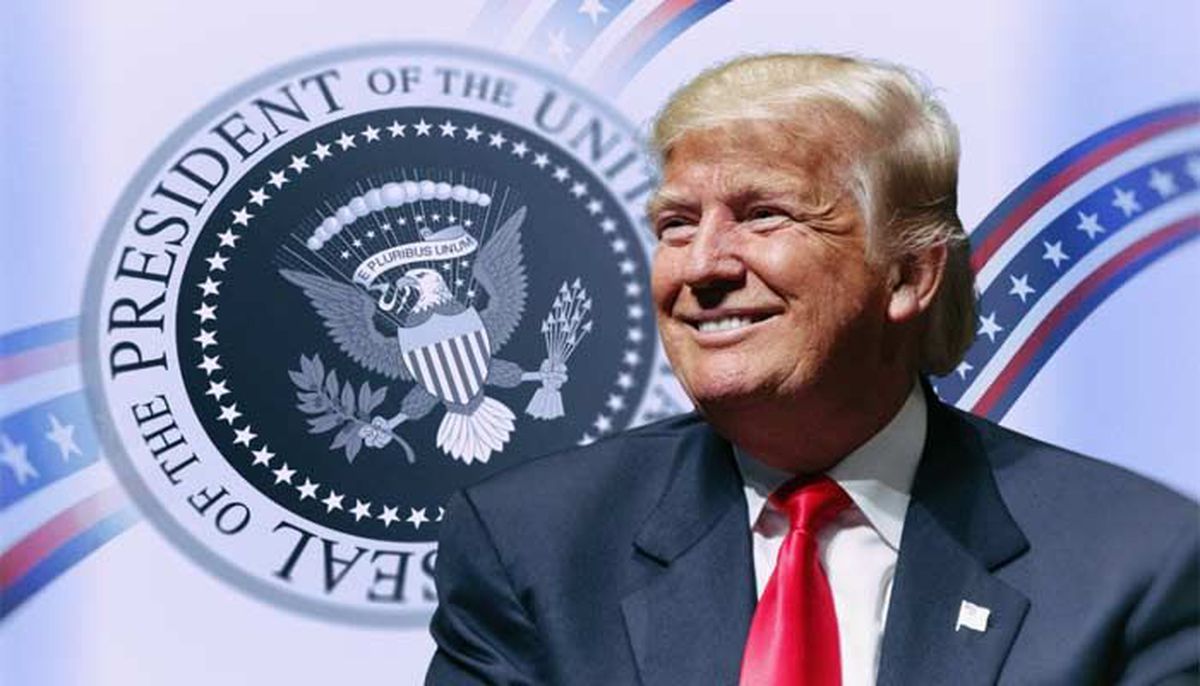
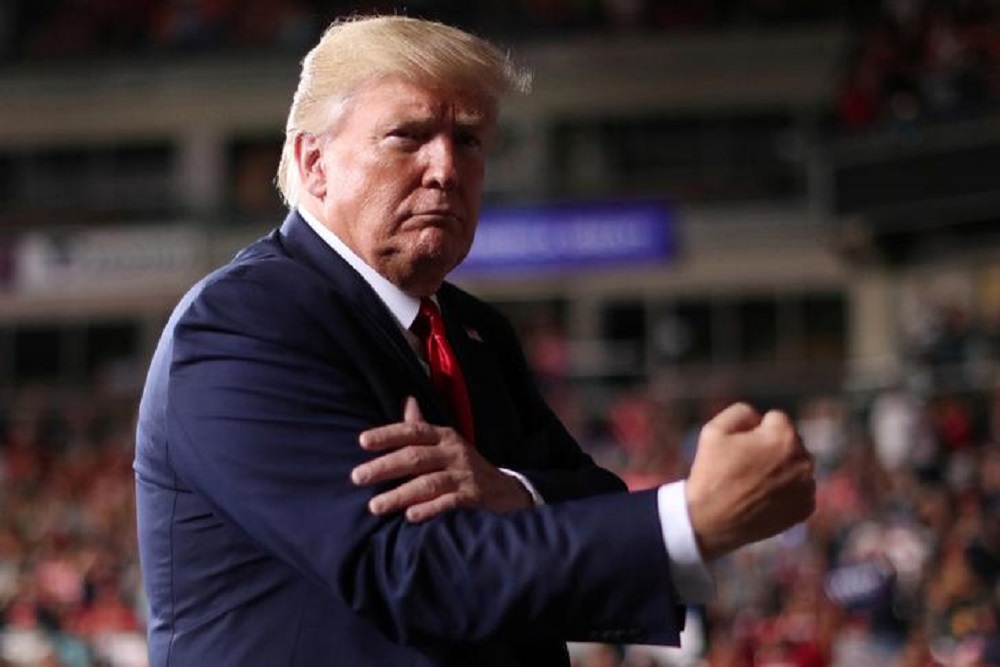

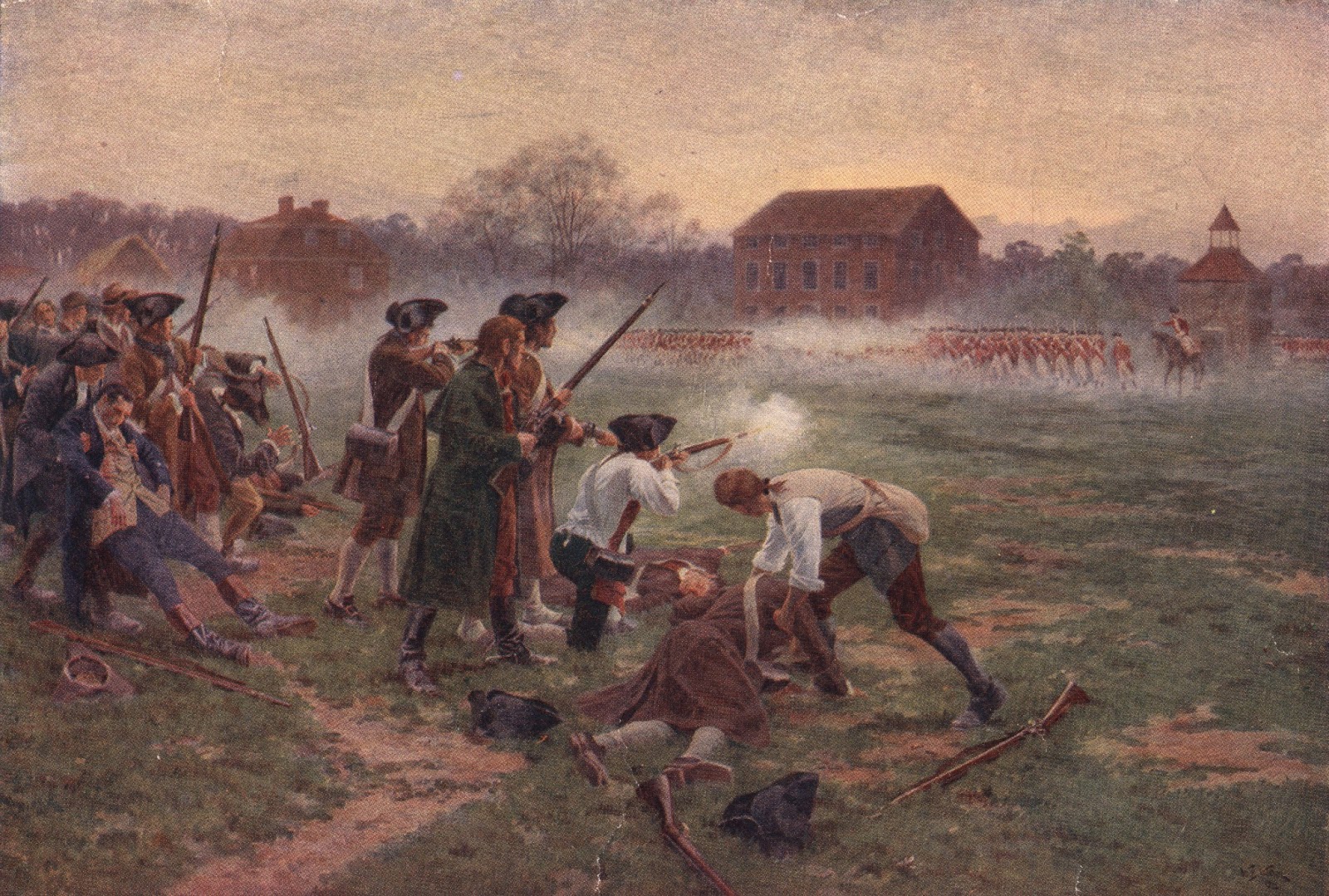 If you added the election fraud in Atlanta (GA), Clark County (NV), Maricopa County (AZ), Cook County (IL) and Wayne County (MI) together, you would only have a quarter of the election fraud that exists in Philadelphia. That is the scale of historic, generationally evident, fraud in Philadelphia county.
If you added the election fraud in Atlanta (GA), Clark County (NV), Maricopa County (AZ), Cook County (IL) and Wayne County (MI) together, you would only have a quarter of the election fraud that exists in Philadelphia. That is the scale of historic, generationally evident, fraud in Philadelphia county.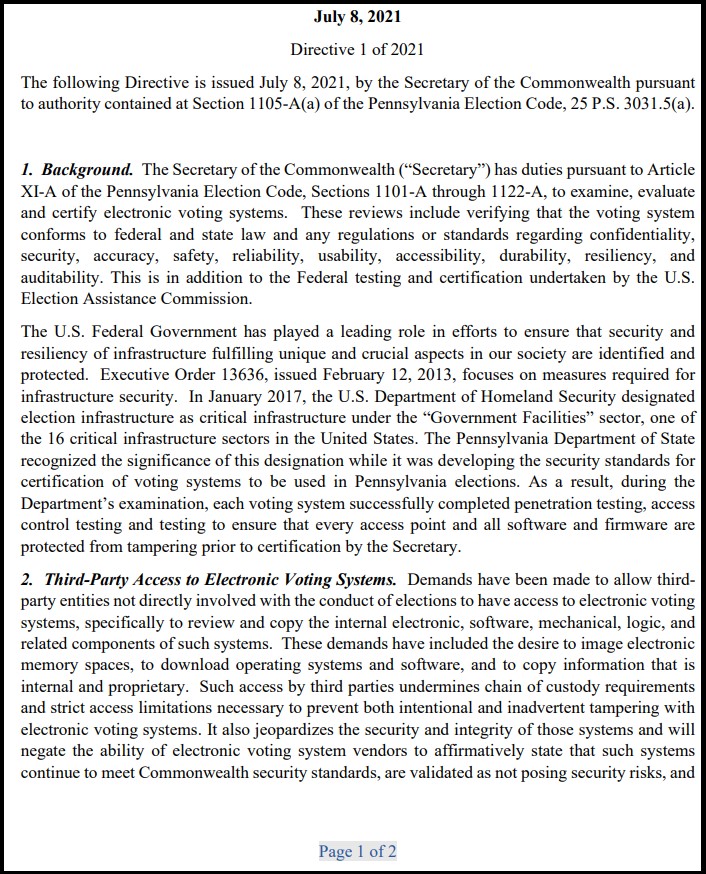
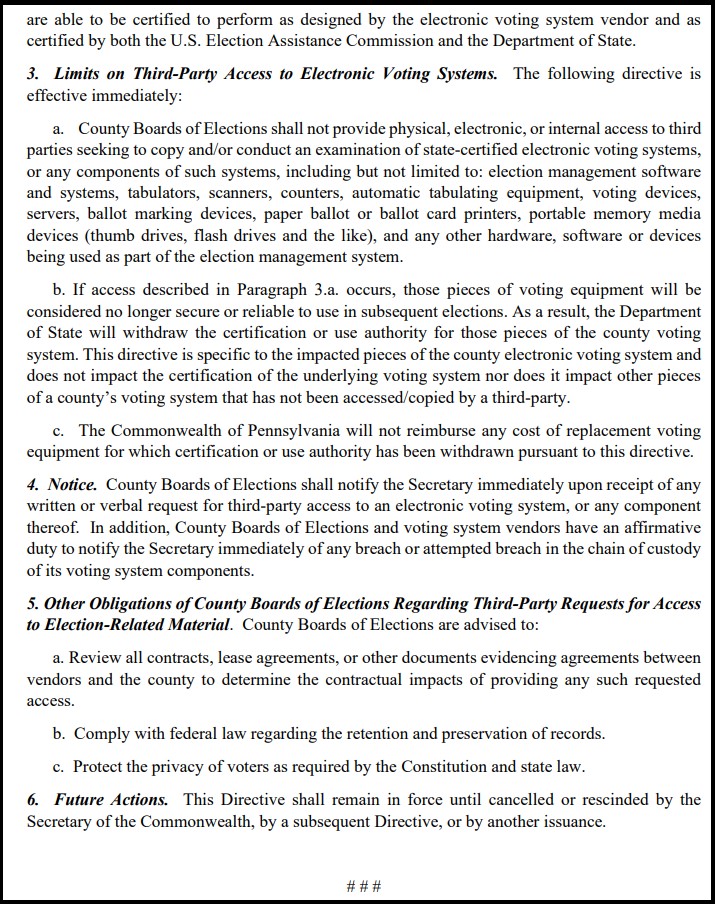
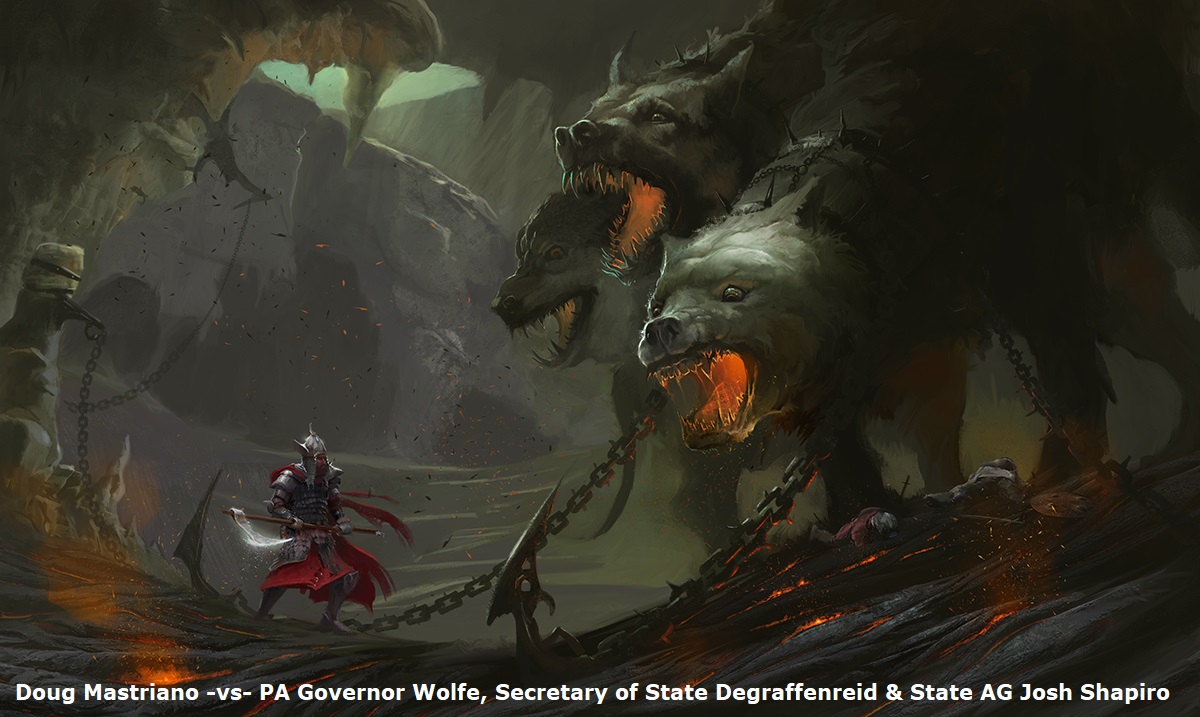
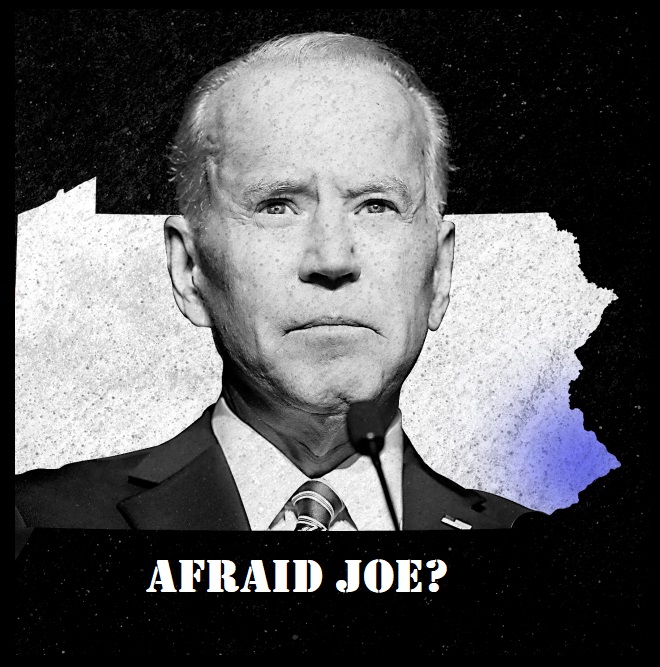










 (@realchrisrufo)
(@realchrisrufo) 




